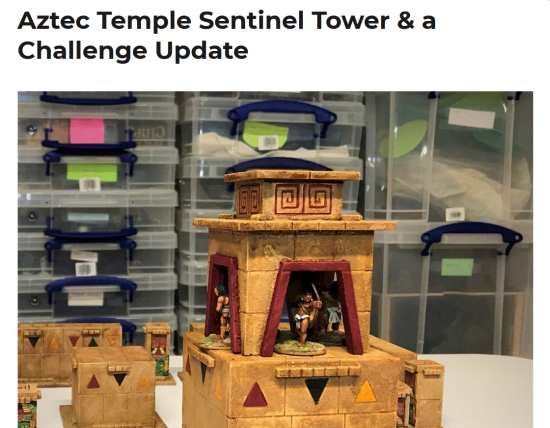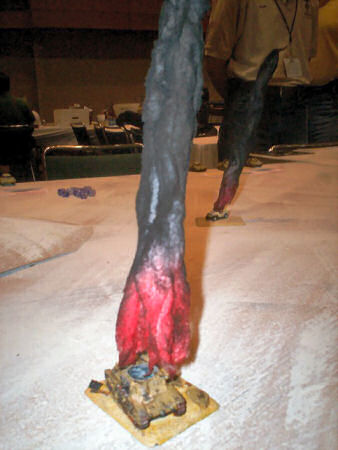Raw Generals & Green Soldiers
Catholic Armies in Ireland 1641-43

The eleven years of conflict that engulfed Ireland (1641-53) can be seen as a drama in three acts, each of which drew Ireland into progressively closer alignment with the Civil Wars (1642-52) in the other two Stuart kingdoms, Scotland and England. The first act in the Wars of Religion in Ireland (1641-53) began in October 1641 with a rising in Ulster and shuddered to a halt in September 1643 when the insurgents, now embodied as the Confederate Catholics, agreed a ceasefire with Charles I's representative in Ireland.
This study is confined to Act One to manage its sheer scope and scale. Not a single county in Ireland was unscathed by war, and in summer 1642 there were more men under arms than there ever had been or would be again. Moreover, Act One was singularly nasty. Insurgent slaughter of Protestant settlers in the winter of 1641-42 quickly gained canonical status. English and Scots armies routinely massacred natives in the spring and summer that followed. The stakes would never be higher or the range of possible outcomes wider.

After their uprising failed, the Irish in 1642 were attacked by English and Scottish armies that were bigger, in aggregate, than any before or since. And that includes the armies of Elizabeth I, Oliver Cromwell, and William of Orange. Lacking munitions, forced to disperse their strength, and usually outfought in open battle, the Confederate Catholics pushed back in war-as-process and food-fights in which castles dominating a checkerboard of hinterlands jostled with hostile neighbors. The Catholics were winning this small war when the music stopped in 1643.
This is a study of the Catholic armies in Act One through a succinct narrative which reveals underlying pattern and purpose in what would otherwise be one apparently random battle, siege, skirmish, massacre and cattle raid after another, devoid of form or meaning. The narrative focuses in and out, from the strategic through the operational down to the tactical and what happened in a particular place on a given day. The narrative also shifts from the southern or Leinster/Munster theater to the northern or Connacht/Ulster theater.

Meaning is disclosed through narrative in which the strengths and shortcomings of the Irish armies become clearer. The quotation in the title sets up two such shortcomings, of leaders and led. One reason why the Catholics lost so many battles may be that their generals fought battles when they needn't have, showed a fatal preference for the all-out attack, and did not always deploy in a manner that let their army's components – pike, shot and horse – act in mutual support. Another reason may be that the rankers were less invested in the Catholic cause than their officers. But the establishing quotation is followed by a question mark. Perhaps the real question to be asked is how the Catholic armies achieved so much rather than why they failed.
The author's comprehensive and wide-ranging text is supported by maps and images, including specially-commissioned artwork by Seán Ó'Brógáin portraying the soldiers' costume and equipment based on the latest research.

Size: 248mm x 180mm
Pages: 186
Images: 20 black-and-white illustrations, 9 black-and-white photos, 8 color illustrations, 14 maps, 1 diagram, 14 tables











